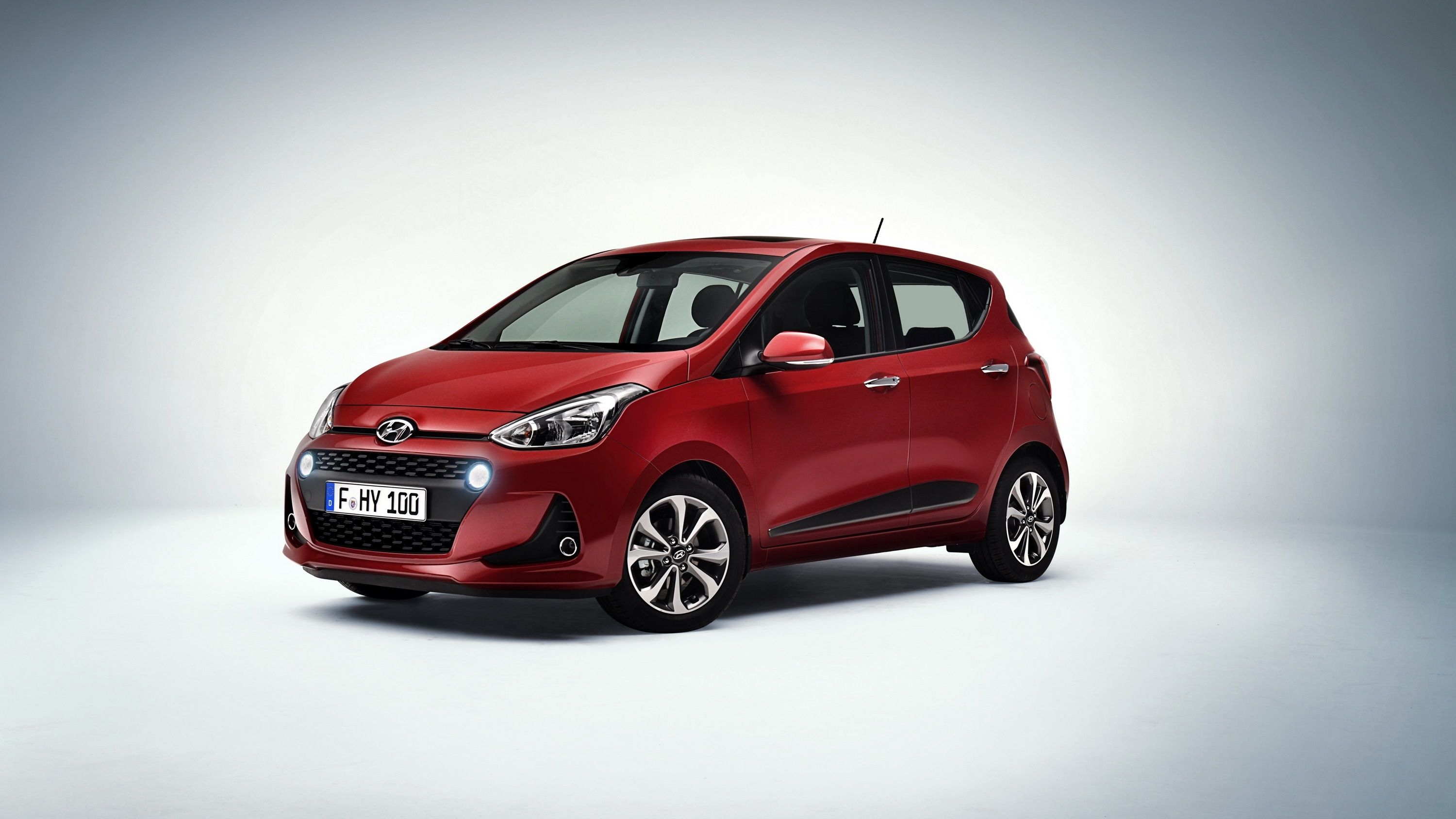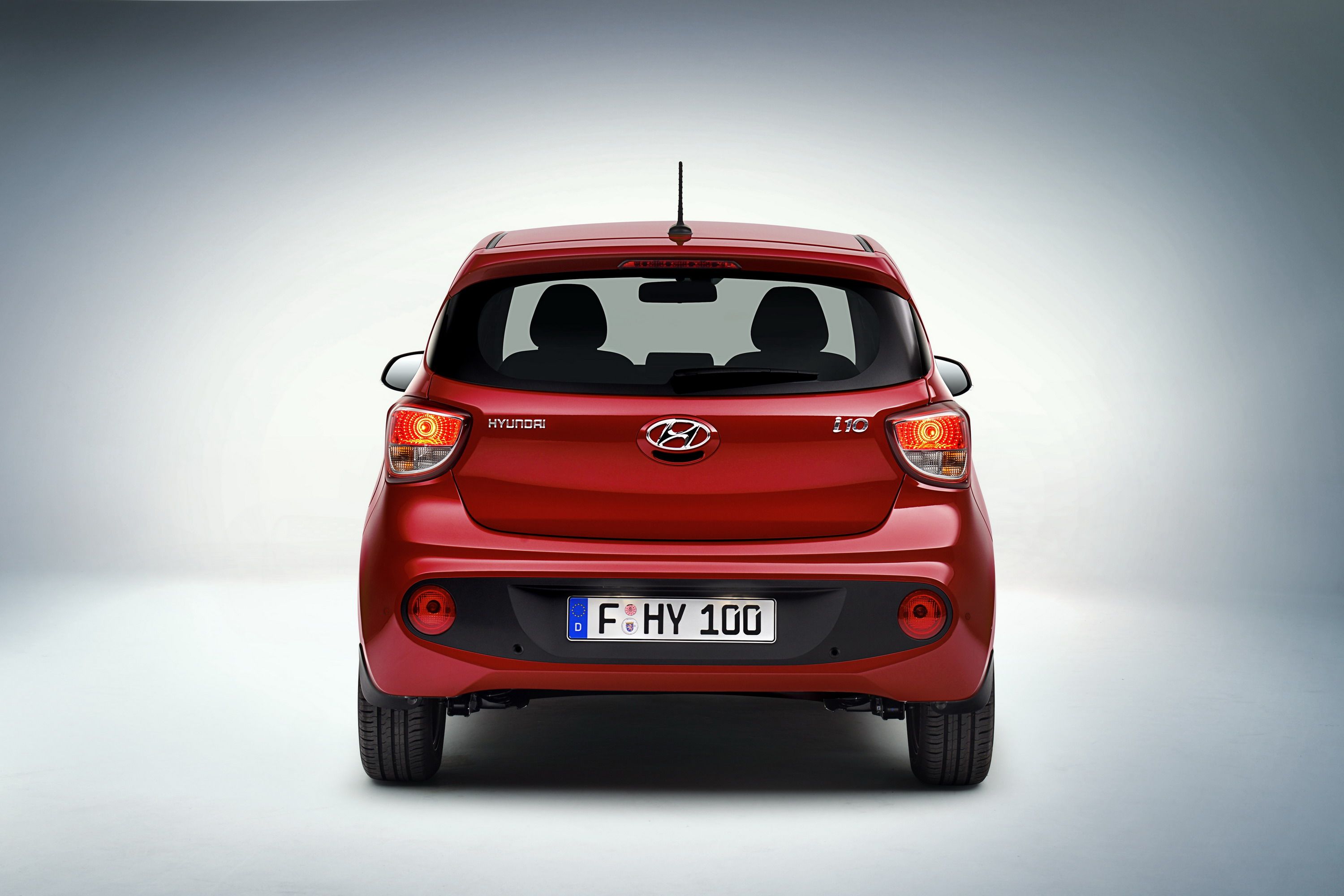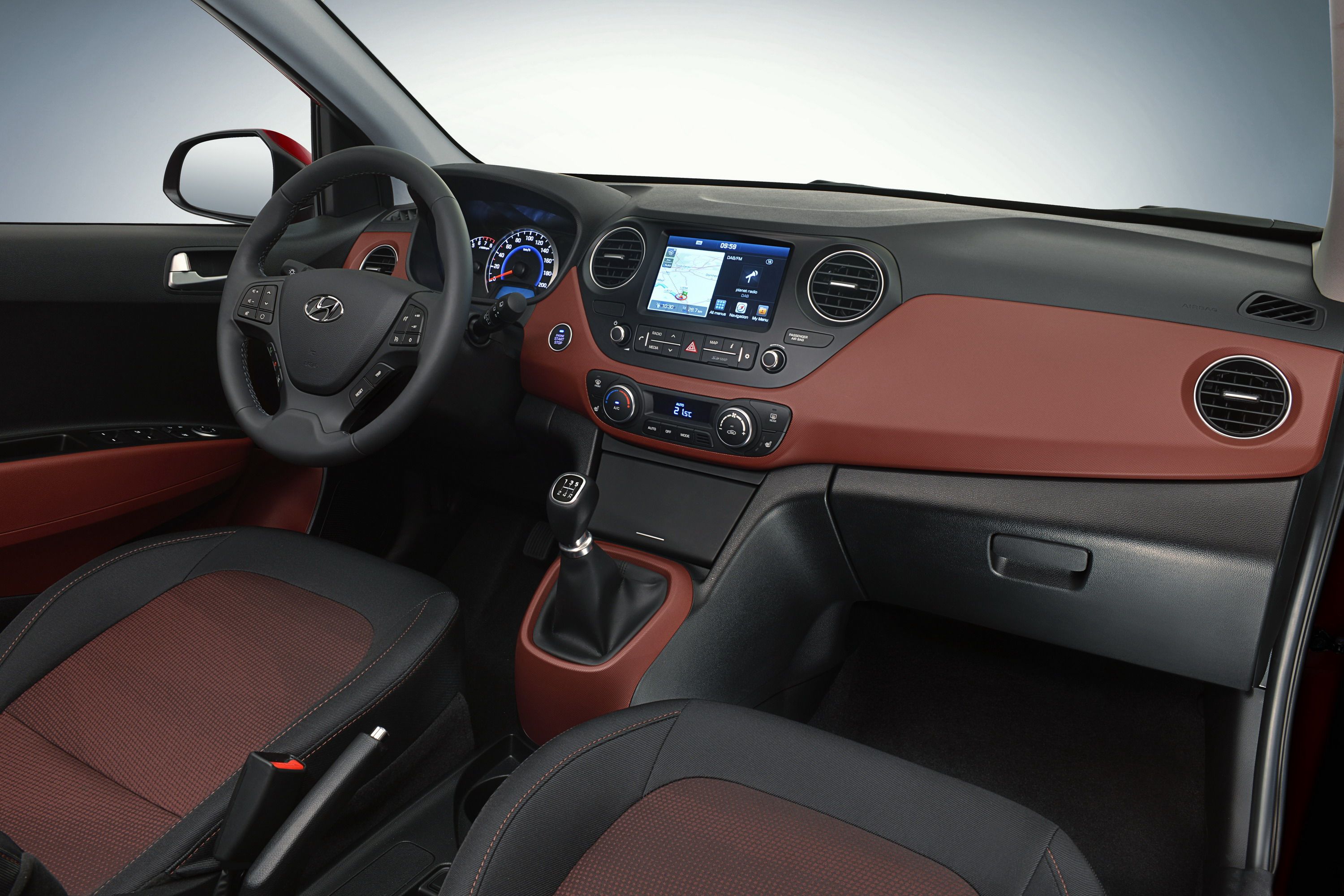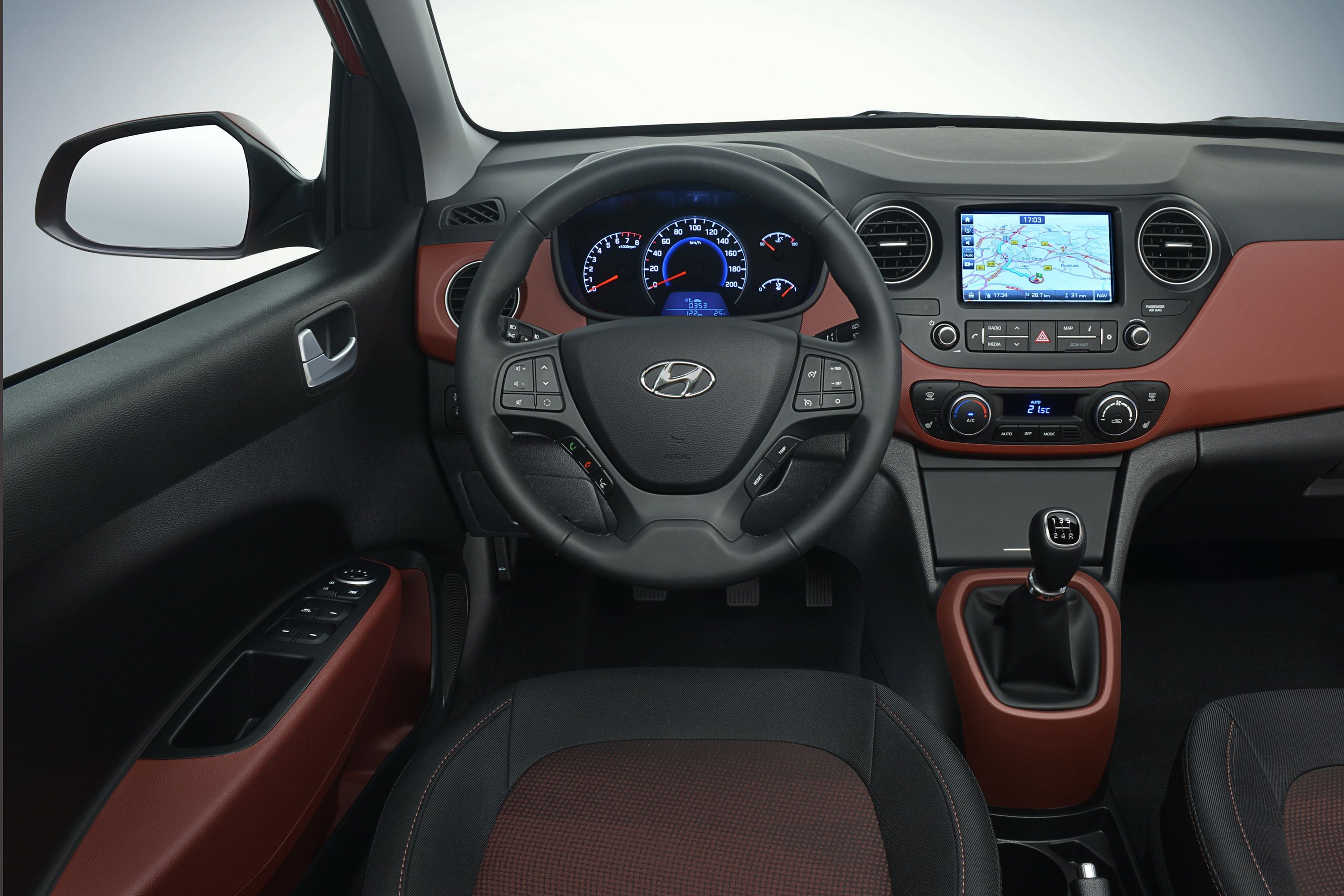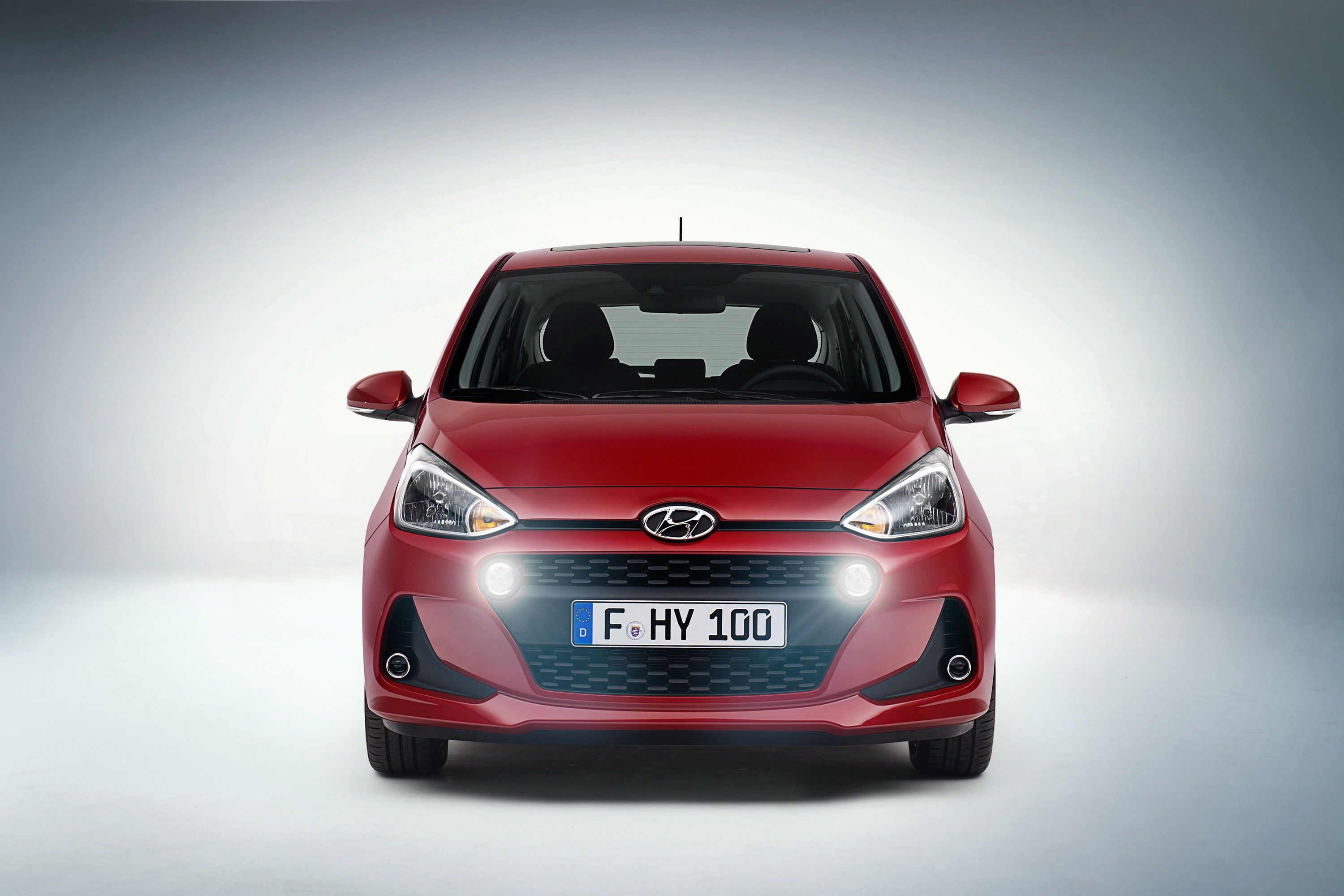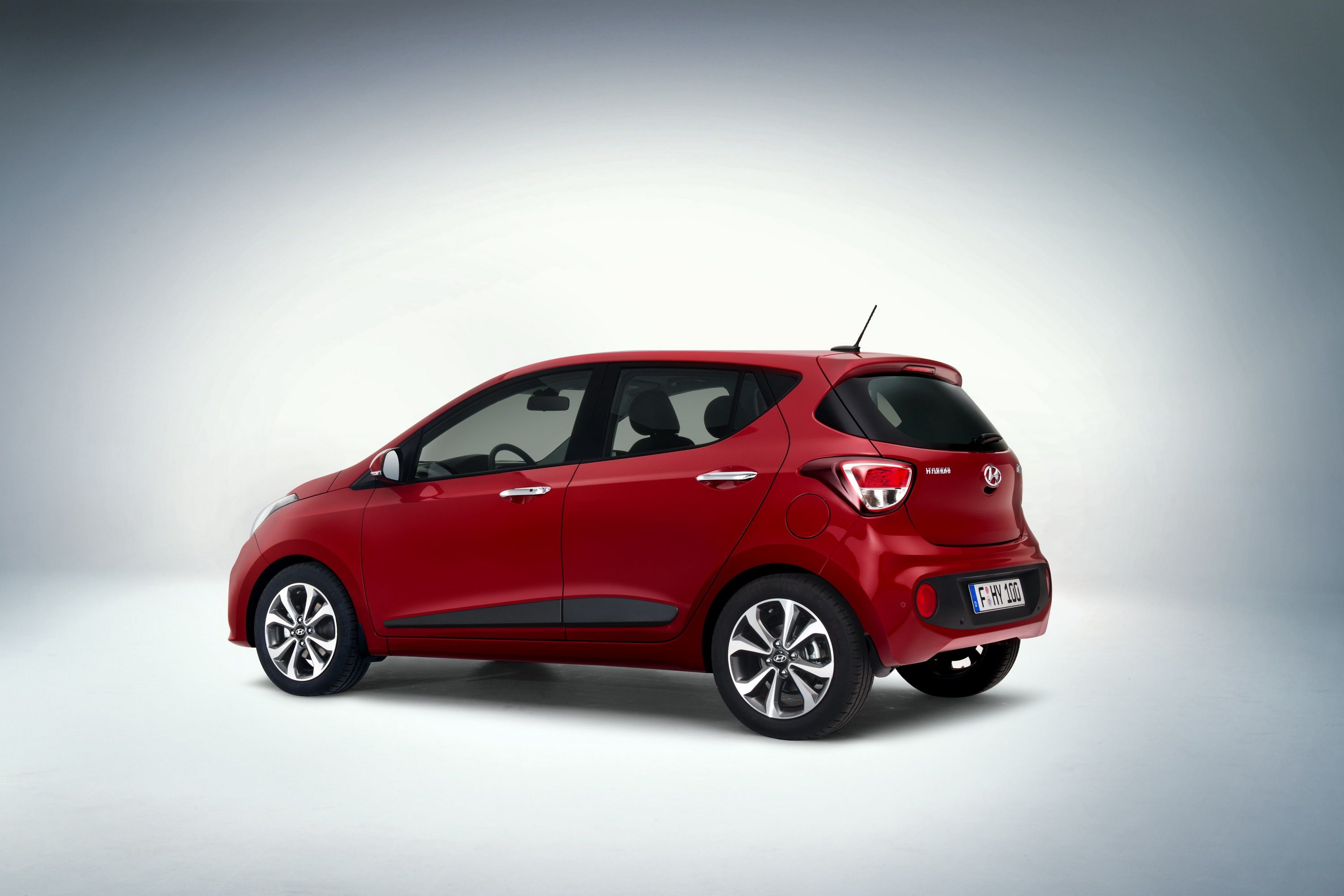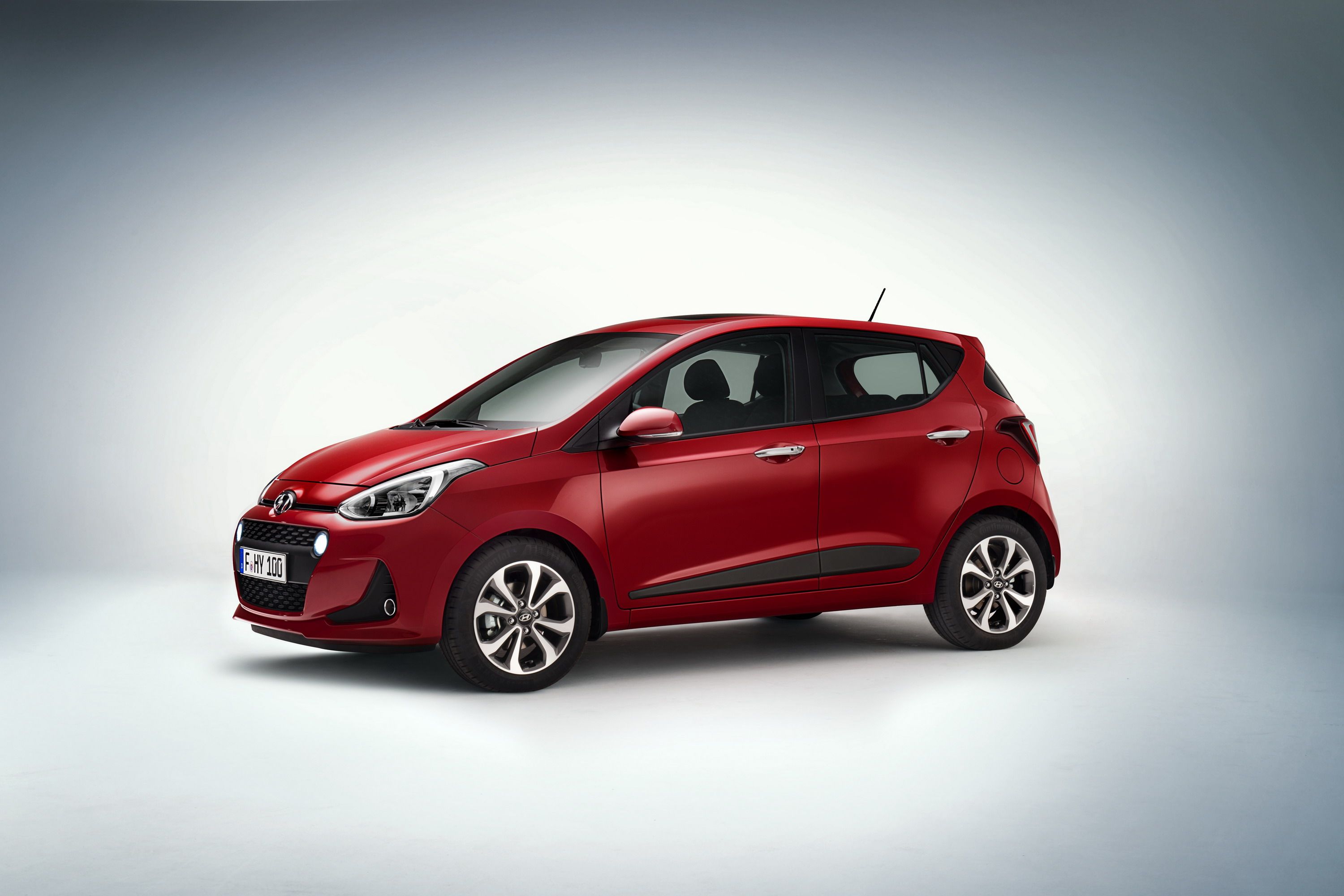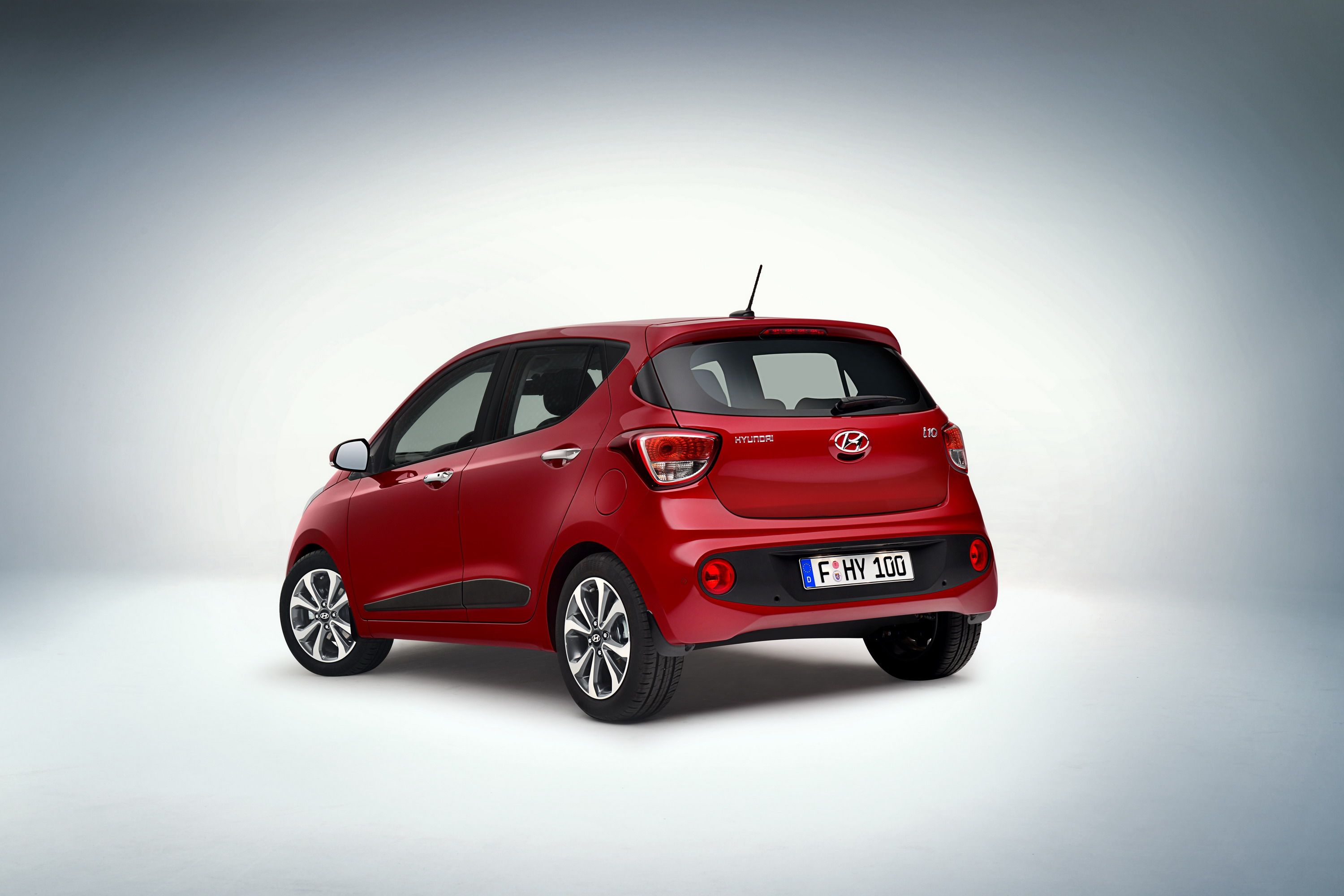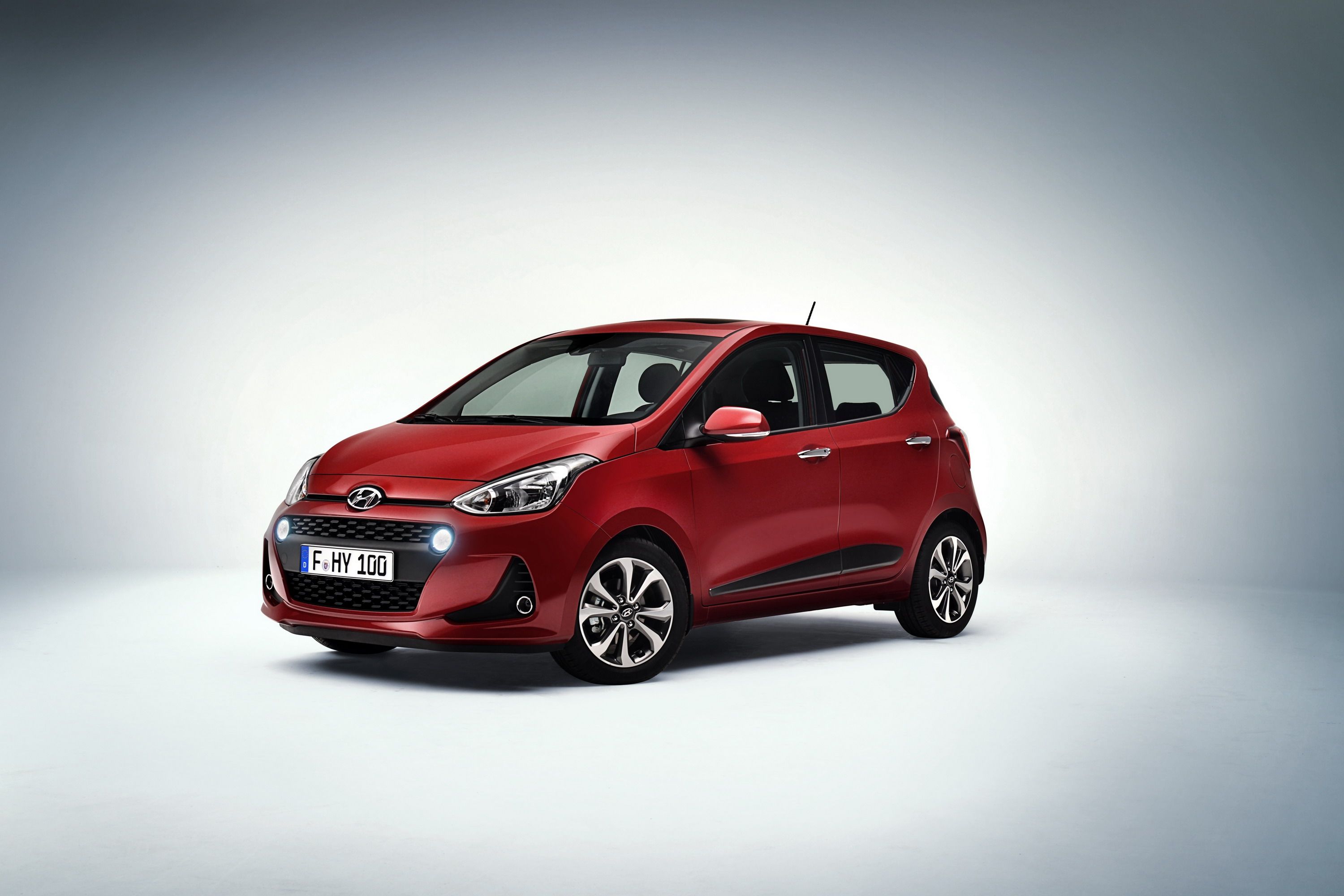The second-generation Hyundai i10 was introduced in 2013, when the company's smallest vehicle yet received a redesigned body, a more upmarket interior, and updated engines. Designed in Europe for the very first time, the new i10 continued the city car's success story, with more than 200,000 units sold by July 2016. In 2016, the Korean automaker launched a mid-cycle facelift that brings new styling updates, more equipment, and the brand's latest technology.
Refined inside and out, the facelifted second-gen i10 is arguably the most advanced city car Hyundai has offered to date. It also marks the debut of a styling element that will soon find its way on the rest of the lineup too, which is rather unusual for a vehicle this small and strengthens the i10's importance among other Hyundai products.
"New i10 showcases strong build quality and our passion for detail, while also including many features from the segments above,” said Tony Whitehorn, president & CEO of Hyundai Motor U.K. Ltd. "The impressive package has made the i10 one of the best-selling cars in its class and popular with customers across the UK - a success story that the New i10 is set to carry on."
The small hatchback is set to make its global debut at the 2016 Paris Motor Show in early October.
Continue reading to learn more about the Hyundai i10.
2017 Hyundai i10
- Make: Array
- Model: 2017 Hyundai i10
- [do not use] Vehicle Model: Array
Exterior
Much like all recently redesigned or facelifted Hyundais, the revised i20 sports a more emotional look. While the engine hood and the headlamps are identical to the outgoing model, the bumper and the main grille have been redesigned for a sportier appearance. The grille no longer features the familiar trapezoidal design, now being wider at the top and narrower at the bottom and featuring curved side lines. Called the "cascading grille," this new feature makes its debut on the i10 and will soon find its way in other Hyundai models.
Another notable addition are the new, round LED daytime running lights at the edges of the grille and the revised side vents, which extend further toward the grille and include smaller foglamps with chrome bezels. Finally, the thin grille opening between the headlamps is slimmer.
Around back, changes include a revised bumper with a big, black center section and round rear foglights. Everything else remained unchanged here, but the black bumper trim makes a big difference and gives the i10 a more mature stance. The hatch is rounded off by redesigned side moldings and new sets of 14-inch steel and alloy wheels.
Interior
Changes are less noticeable inside the cabin design-wise, but customers will notice the larger, seven-inch touchscreen in the center of the dashboard and that there's a new red clotch upholstery options. Speaking of which, the blue and black interior colors can be had with any trim level and not just the more expensive versions.
While the styling remained unchanged, there's big news in the technology department. The small hatchback comes with Hyundai's latest connectivity features, including Apple CarPlay and Android Auto, while the navigation system features with a seven-year free subscription to LIVE Services, offering real-time traffic conditions, local weather, and points of interest. This makes the i10 the only vehicle in its class to offer Android Auto, Apple CarPlay, and LIVE Services in a single infotainment system. Pretty cool!
Hyundai also added Front Collision Warning and Lane Departure Warning, two safety features usually found on larger models, but both are optional on most trims. Other options include automatic air conditioning, heated steering wheel, and heated front seats. Space inside the cabin remained unchanged, but the i20 already comes with a segment-leading trunk volume of up to 252 liters (about 8.9 cubic feet).
Finally, a modified steering ratio improves the car's ride and handling compared to the outgoing model.
Drivetrain
Under the hood, the refreshed i10 carries over with the 1.0-liter and 1.25-liter engines that Hyundai introduced with the second-generation model in 2013. Both drive the front wheels and can be had with either a five-speed manual transmission or a four-speed automatic gearbox.
The base 1.0-liter three-pot cranks out 66 horsepower and 94 Nm (69 pound-feet) of torque, while the 1.25-liter four-cylinder generates 87 horses and 120 Nm (88 pound-feet) of twist. The 1.0-liter unit is also available with bi-fuel technology, mixing LPG and gasoline for improved fuel economy. This one comes with 67 horsepower and 90 Nm (66 pound-feet) of torque on tap.
Granted, neither engine is very exciting when it comes to output figures, but the i10 isn't the car you should buy if you're looking for performance. On the other hand, they perform quite well in the fuel economy department, returning more than 45 mpg on the British cycle.
Prices
There is no pricing information for the updated i10 as of this writing, but it should be a lot more expensive than the outgoing model. With the current model priced from £7,995 (around $10,500) in the U.K., it's safe to assume that the facelift will increase the sticker to around £8,300 (about $10,900).
Competition
Kia Picanto
Built on the same platfrom and sharing many parts with the Hyundai, the Picanto is obviously the i10's main competitor. Sporting a similar shape and size, the Picanto stands out by means of redesigned fascias, with the front end featuring a larger grille and bigger headlamps that extend toward the A-pillars. Launched in 2011, the second-generation model gets its juice from the same 1.0-liter and 1.25-liter engines as the i10, including the gasoline/LPG unit. Additionally, in certain markets it can be had with a gasoline/ethanol powerplant. U.K. pricing starts from £8,545 (about $11,230), making the Picanto a bit more expensive than the i10.
Read more about the Kia Picanto here.
Toyota Aygo
Redesigned in 2014 on a platform shared with the Peugeot 108 and Citroen C1, the Toyota Aygo is one of the most appealing vehicles in this niche. Its styling was attributed to Japanese youth culture and it comes with a greater level of customizability than any other city car on the market. It's most interesting feature is the fact that customers can have the standard black inserts in the front fascia, front fenders, and rear bumper finished in many colors, including bright shades of blue and red. The roof can also be optioned this way, leaving room for tens of possible combinations. Much like its competitors, it can be specced with small-displacement three-cylinder engines generating less than 100 horsepower and returning excellent fuel economy. Pricing starts from £8,495 (about $11,160) in Britain.
Find out more about the Toyota Aygo here.
Conclusion
The i10 has some pretty stiff competition to go against, but it has already built itself a solid name in this niche through great build quality, a surprisingly good-looking interior, and fuel-efficient and reliable engines. The facelift only makes this little hatch that much better, adding some technology features that the i10 needed to stay at the top of the league. It's hard to find faults with the revised model, and other than the fact it doesn't come with the numerous customization options of the Aygo, the i10 is a solid car if you're in the market for a small hatchback.

